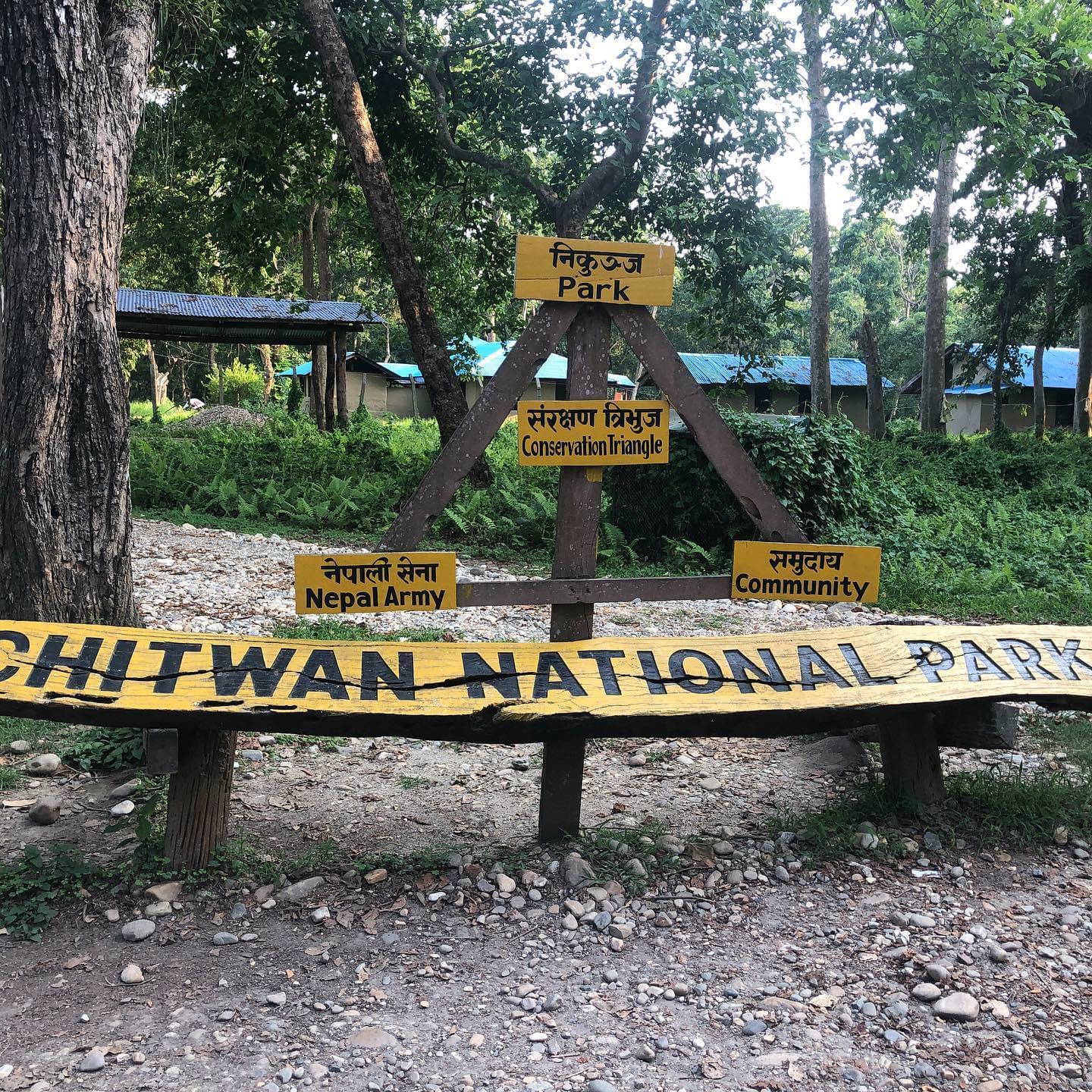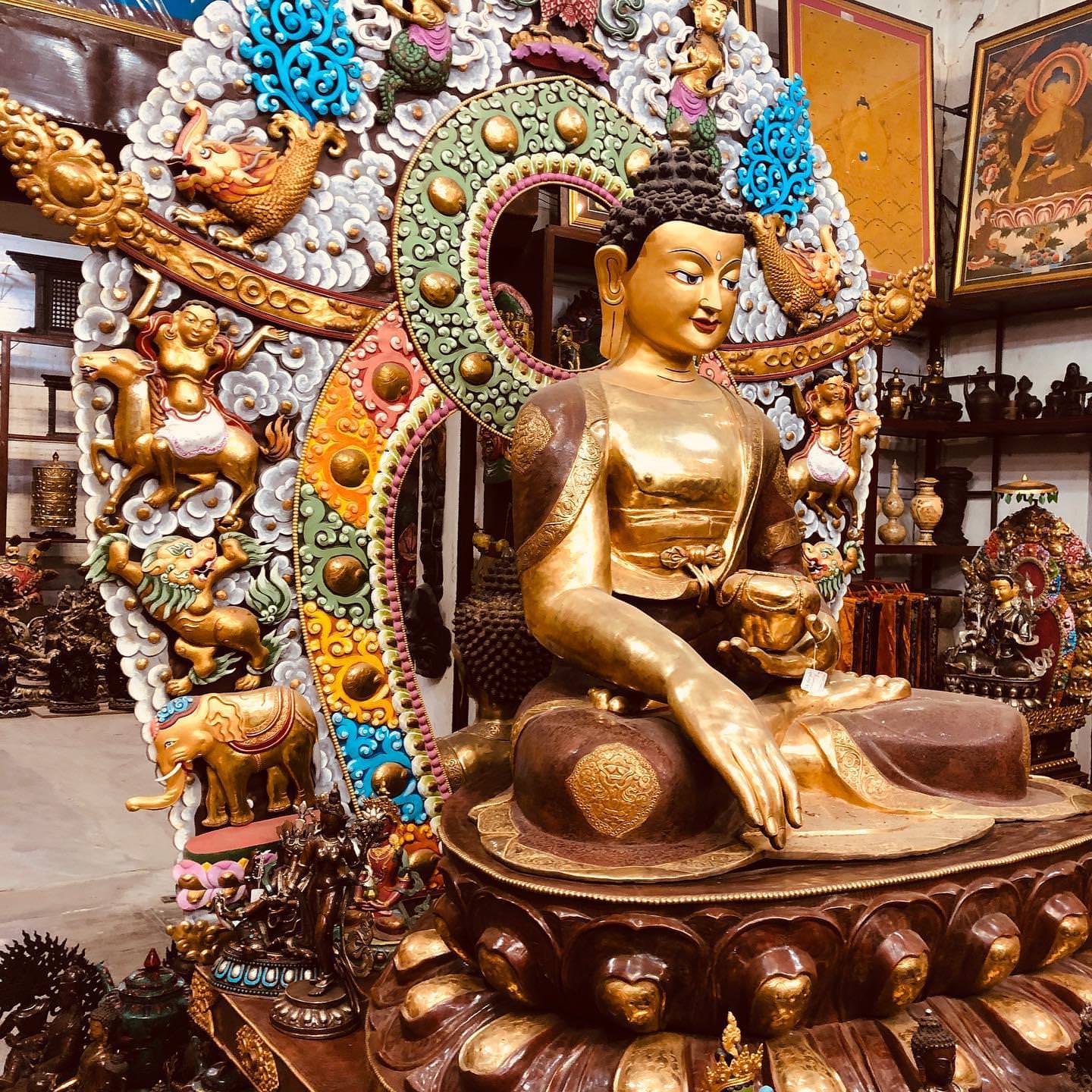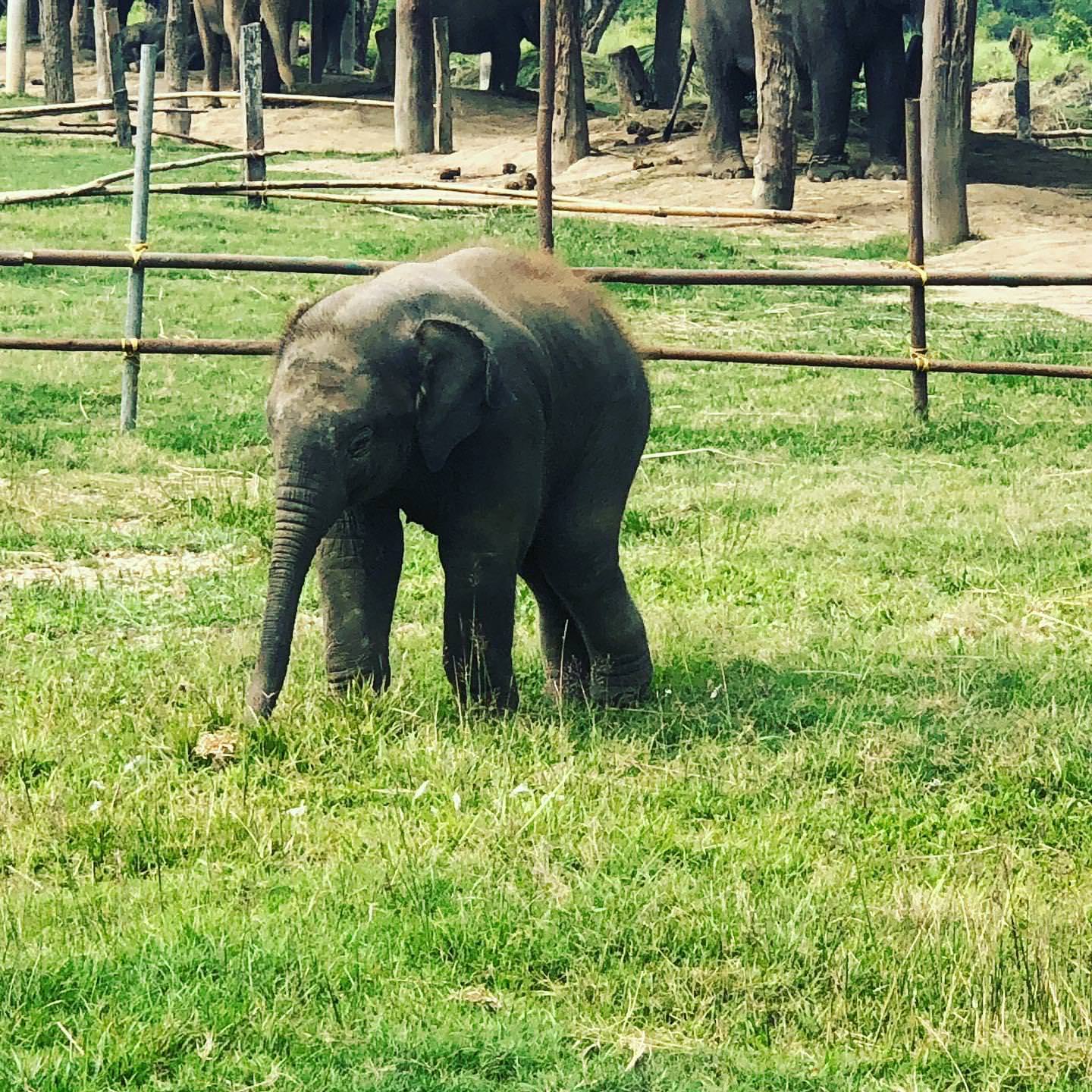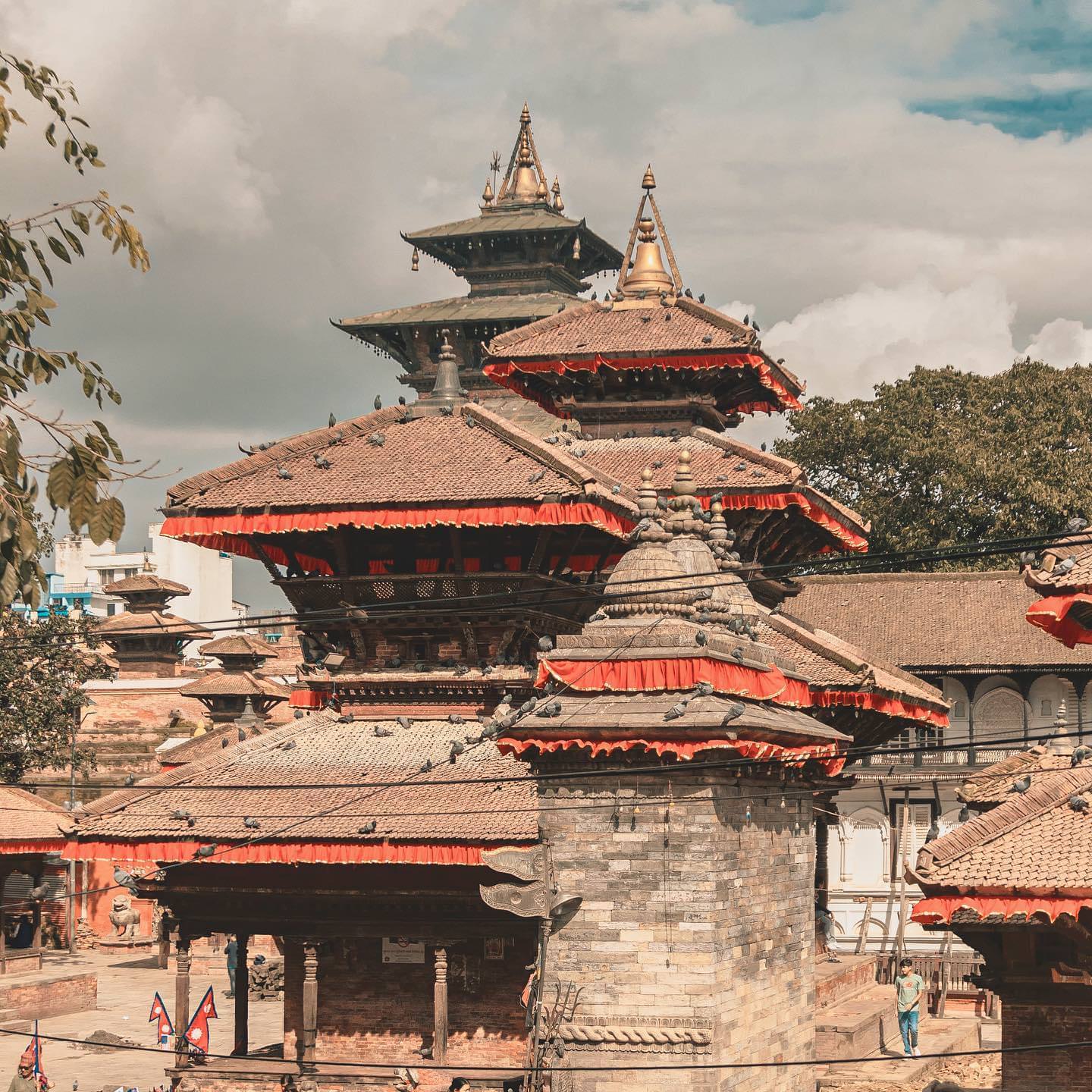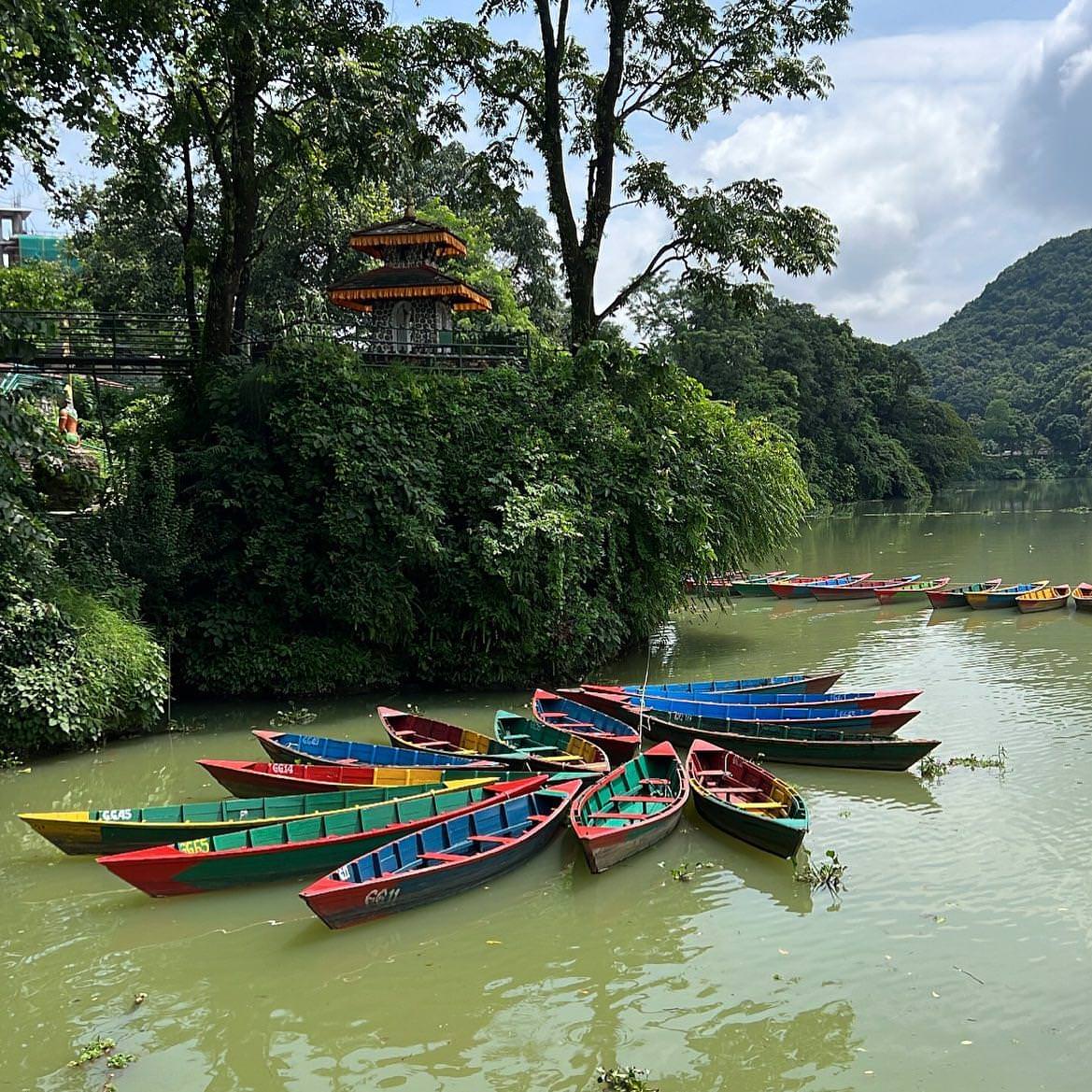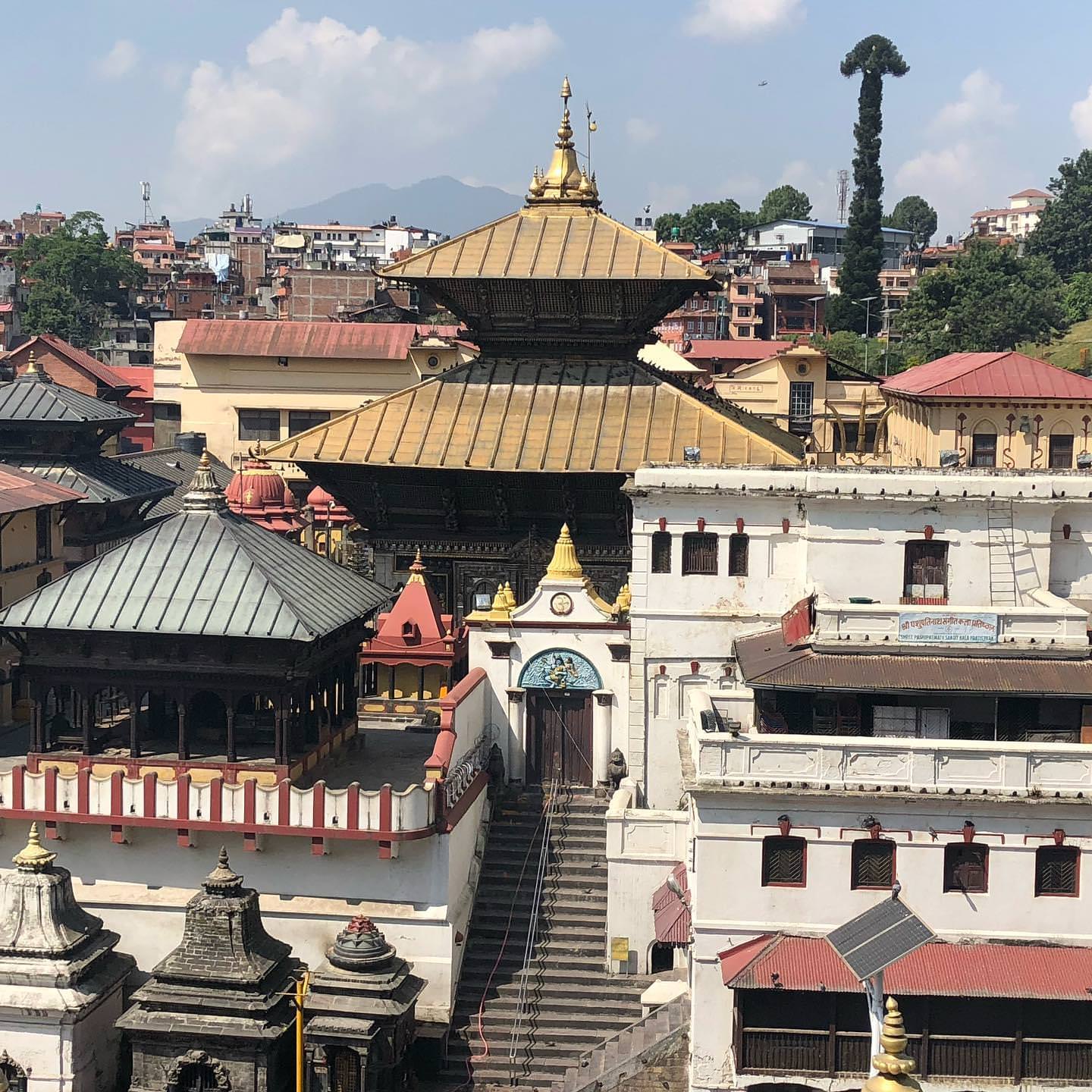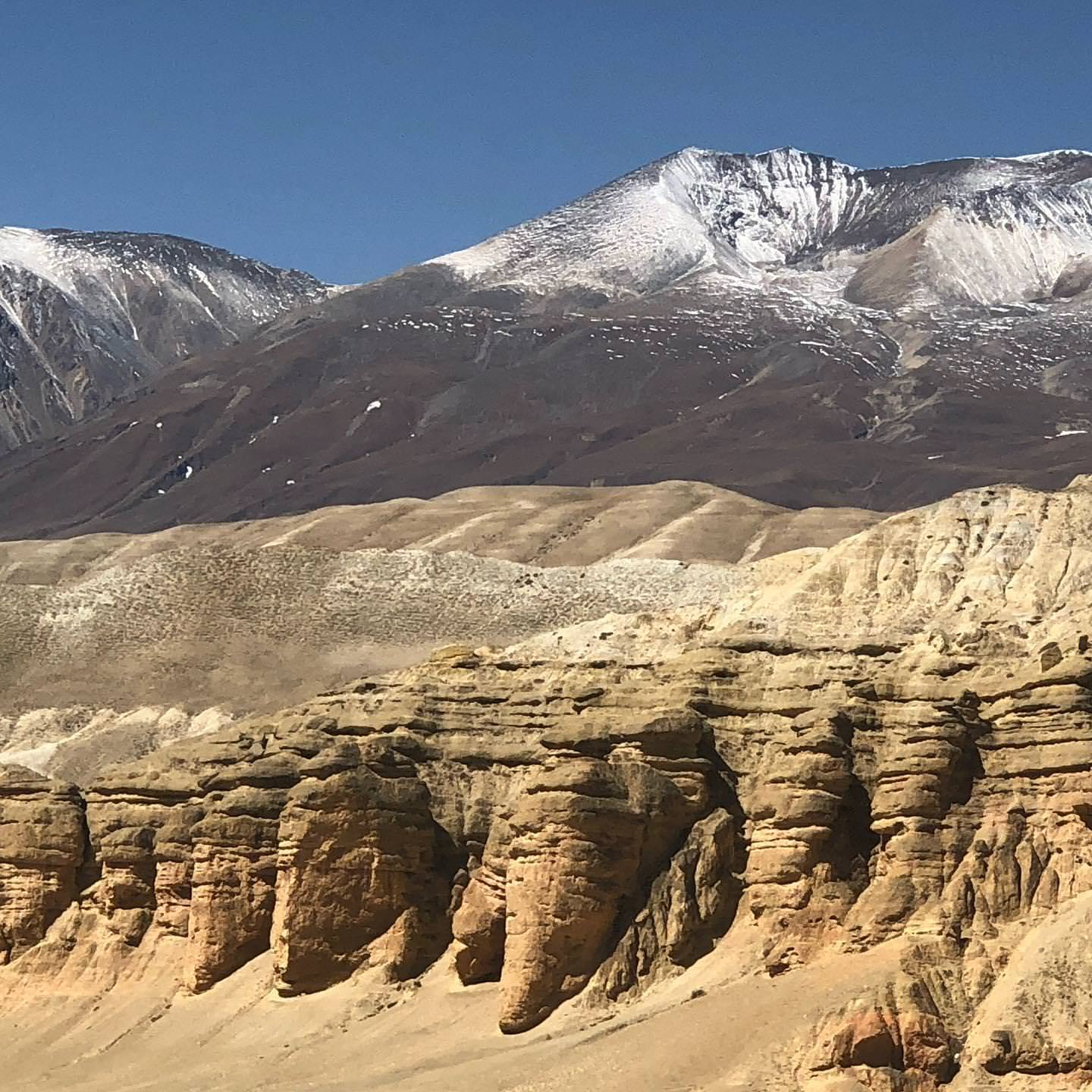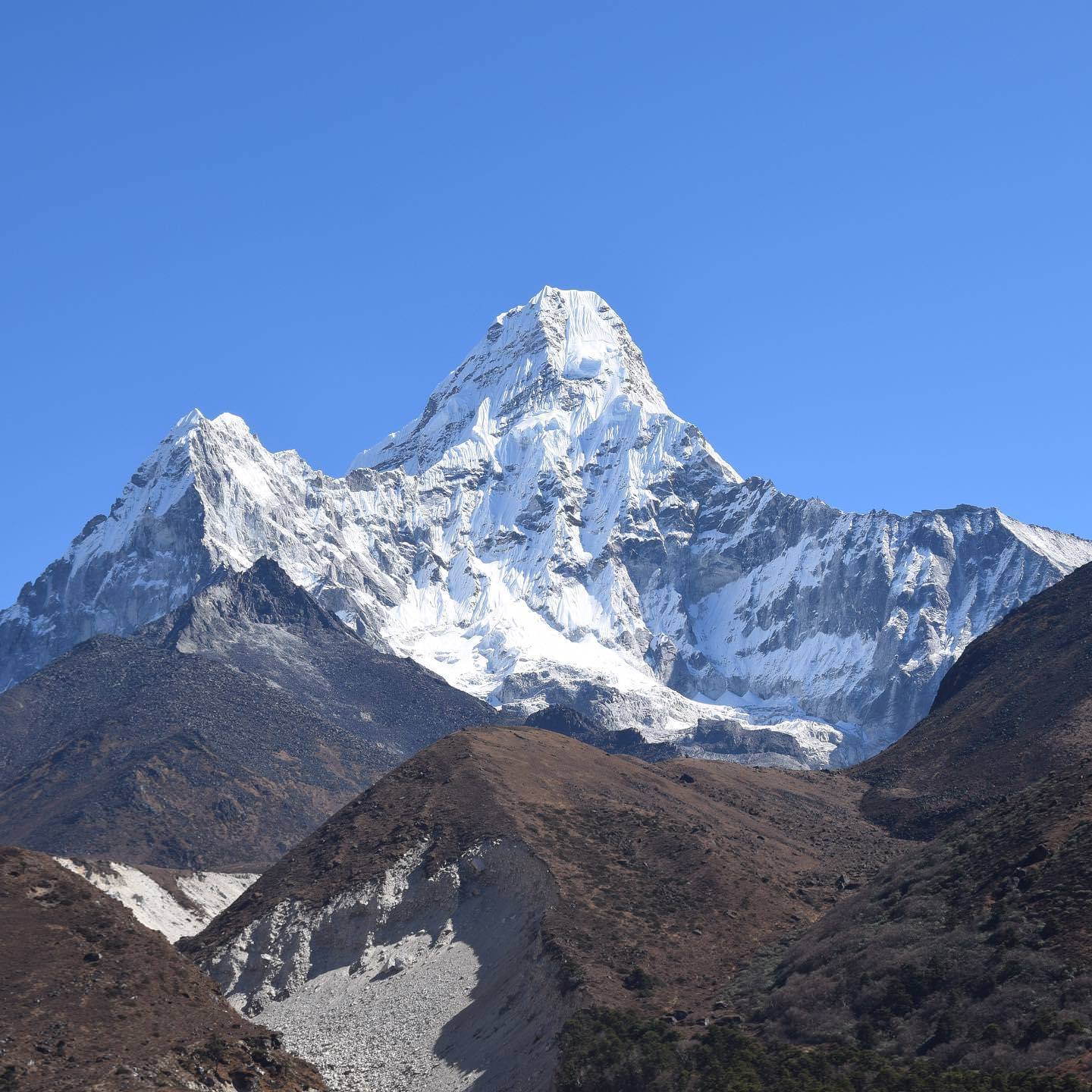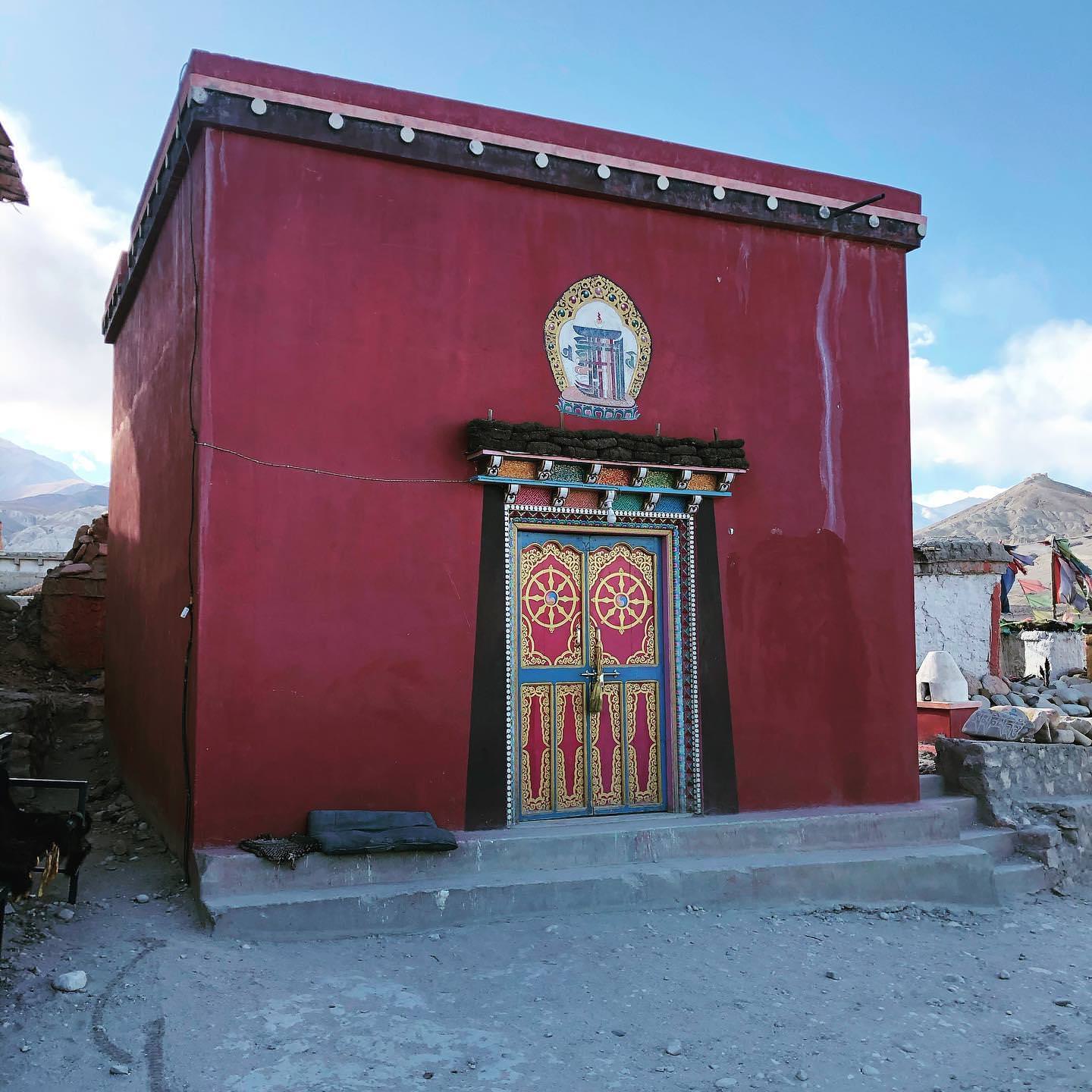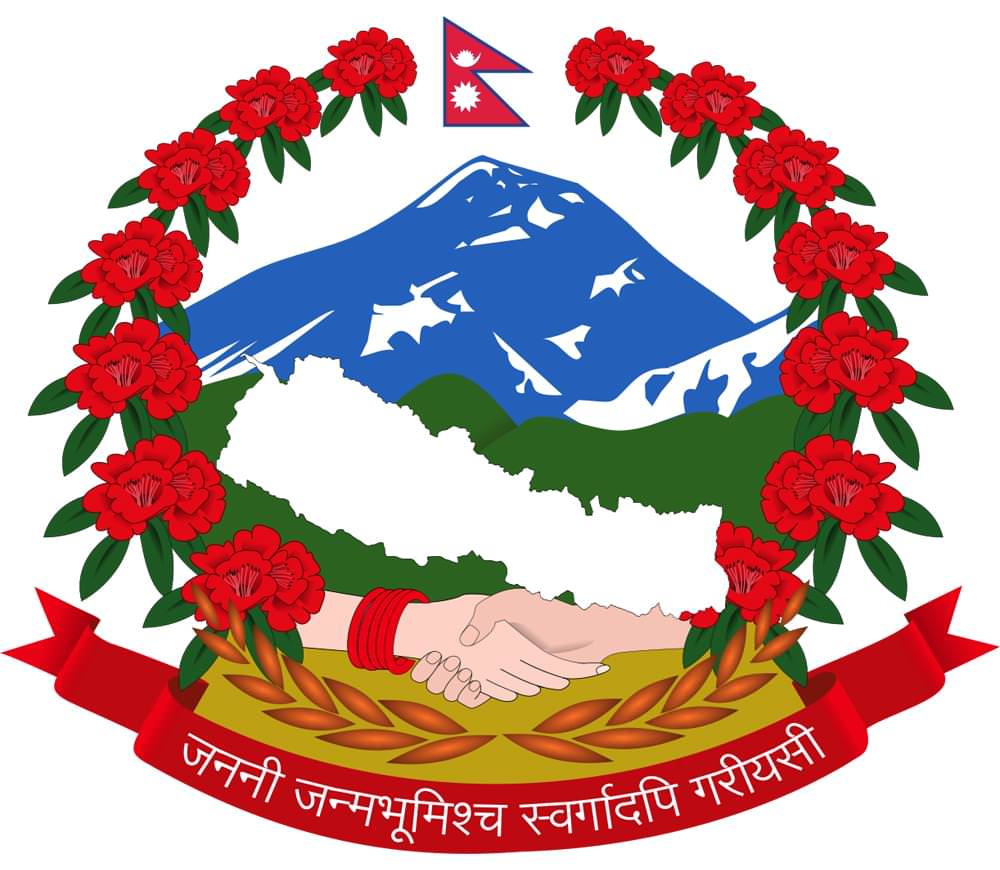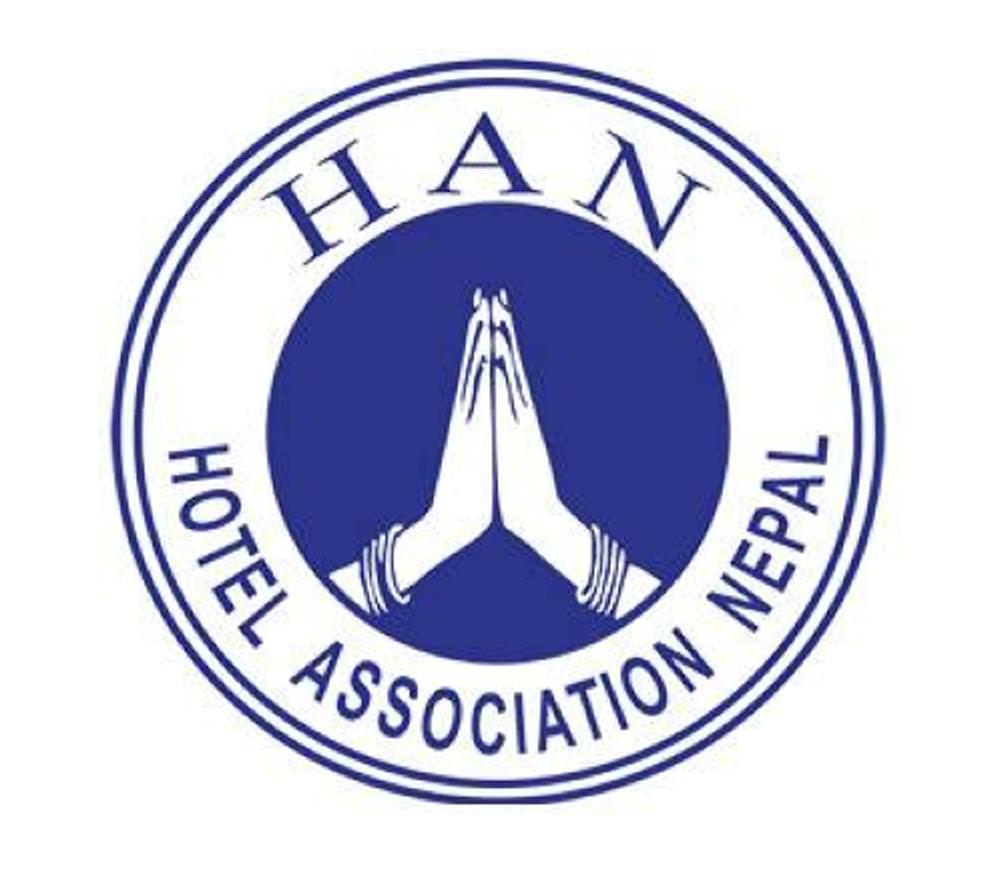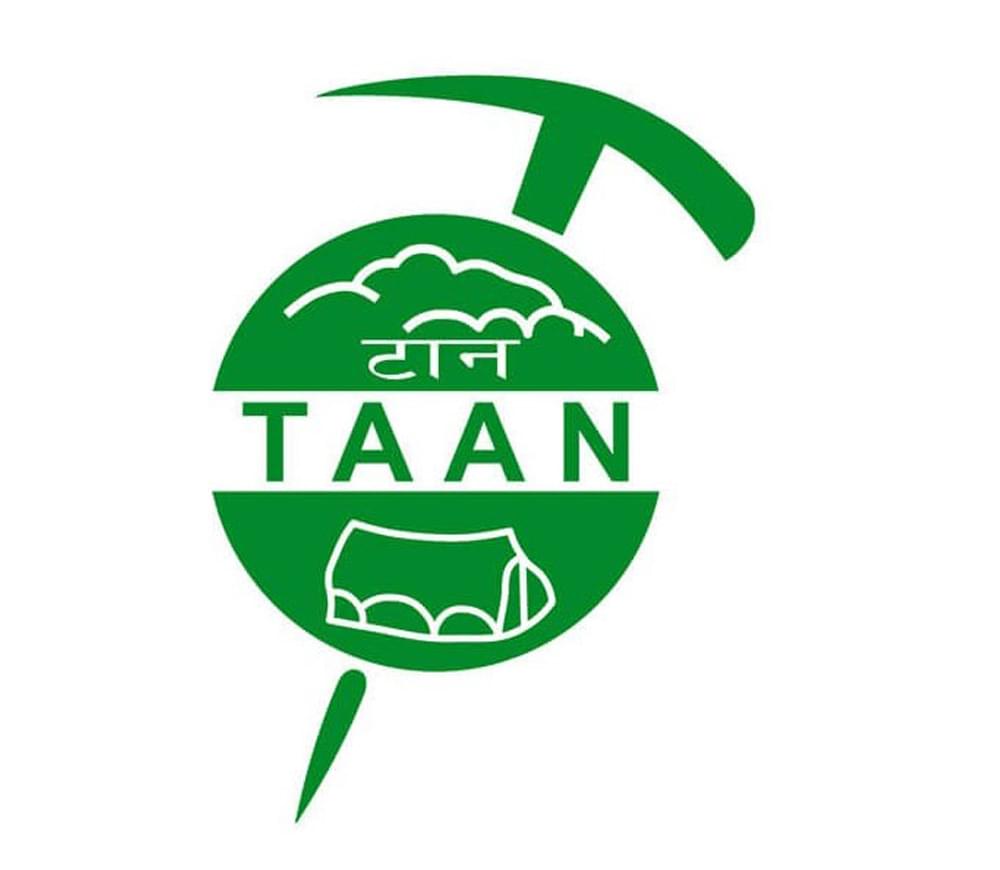Maha Dashami is the tenth and final day of the Dashain festival, which is the most significant and longest Hindu festival celebrated in Nepal, Bhutan, and some parts of India. Maha Dashami is also known as Vijayadashami, which means the day of victory. It is considered the most auspicious day of the festival, as it marks the victory of good over evil.
On this day, people wake up early in the morning, bathe, and wear new clothes. They then gather to perform a puja or prayer to seek the blessings of Goddess Durga, who is believed to have fought and defeated the demon Mahishasura on this day. Devotees also worship Lord Shiva, who is considered the husband of Goddess Durga.
One of the main rituals of Maha Dashami is the "tika" ceremony, where elders put a mixture of rice, yogurt, and vermilion on the forehead of their younger relatives. This is believed to bless them with abundance and prosperity in the upcoming years. The red color of the tika symbolizes the blood that ties the family together, and the tradition of taking tika from all the elder relatives helps in the renewal of community ties.
During the day, people visit their relatives and exchange greetings and gifts. It is a time of great joy and celebration as the festival comes to a close. The day is also marked by the immersion of the idols of Goddess Durga in rivers or other water bodies, symbolizing her return to her heavenly abode after staying on earth for nine days.
The significance of Maha Dashami lies in the victory of good over evil, symbolized by the triumph of Goddess Durga over Mahishasura. It is a time to reflect on the importance of righteousness and the power of faith in overcoming obstacles and challenges. The festival also reinforces the values of family, community, and unity, as people come together to celebrate and strengthen their bonds with each other.
